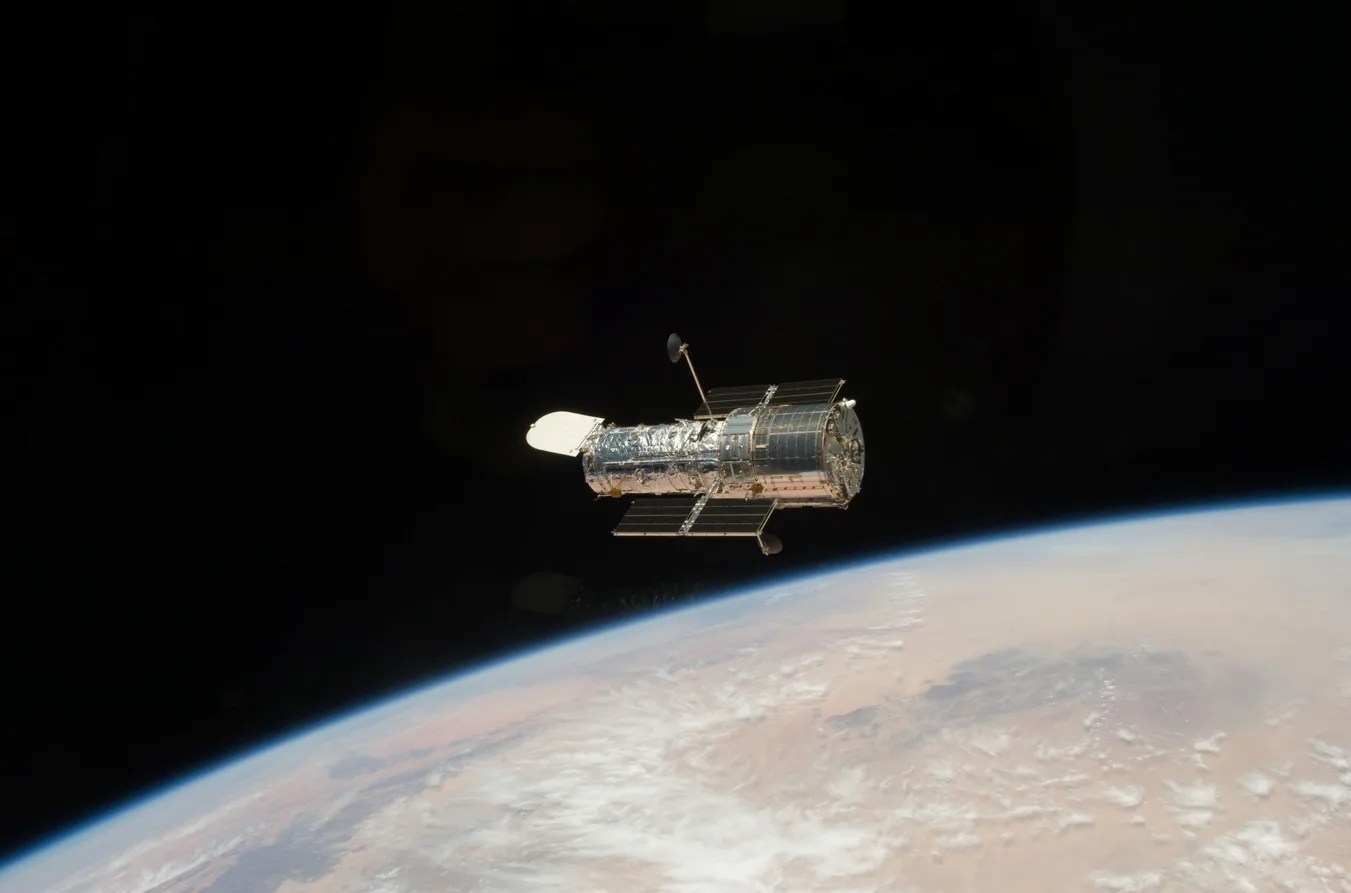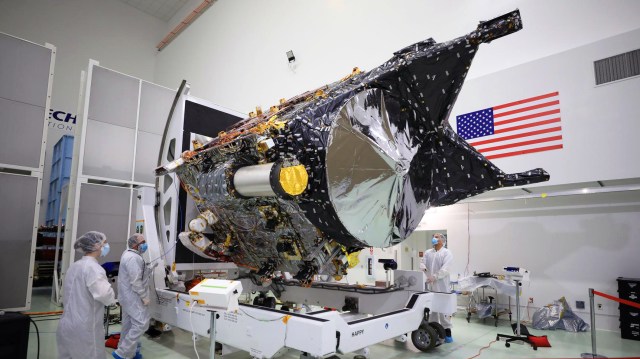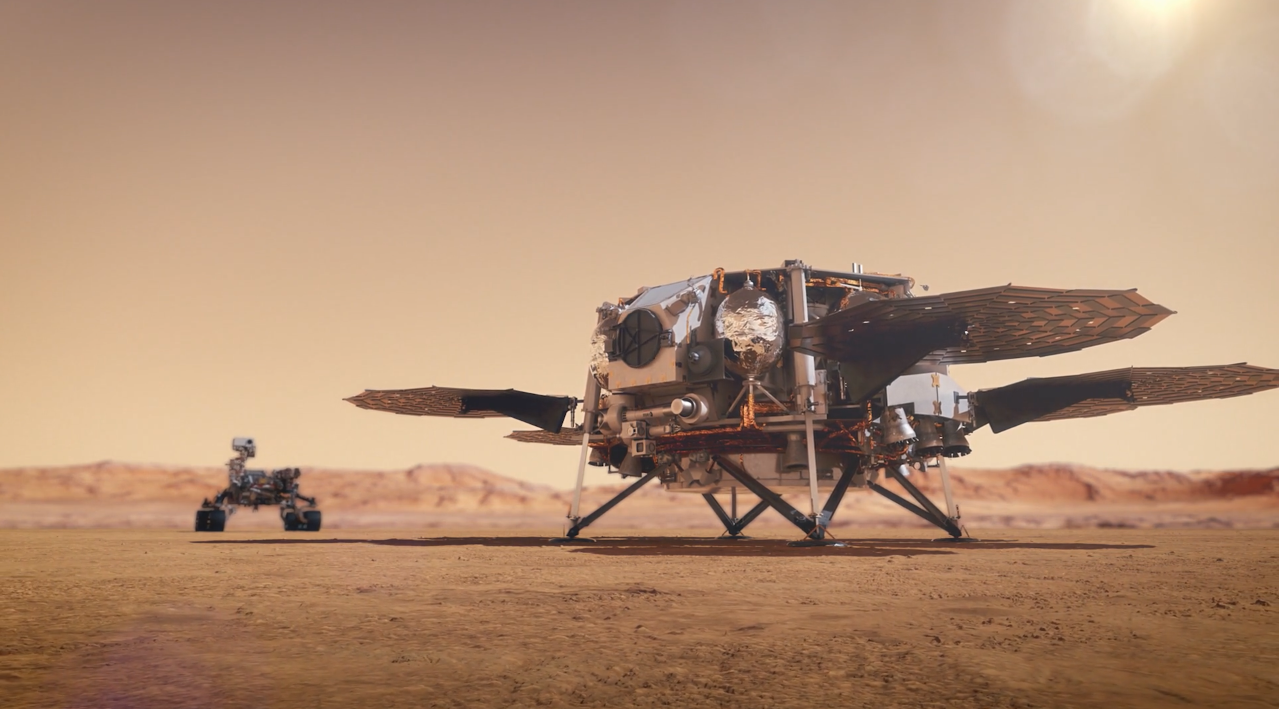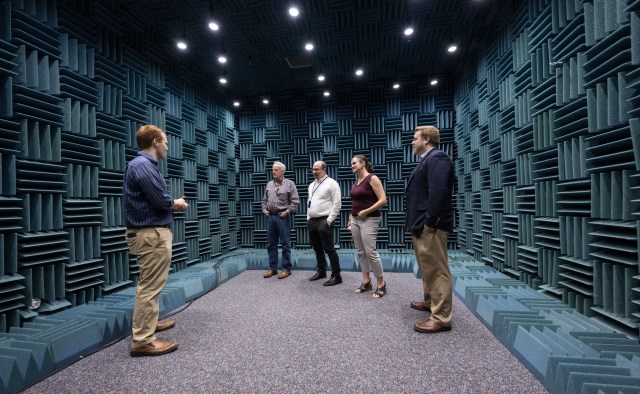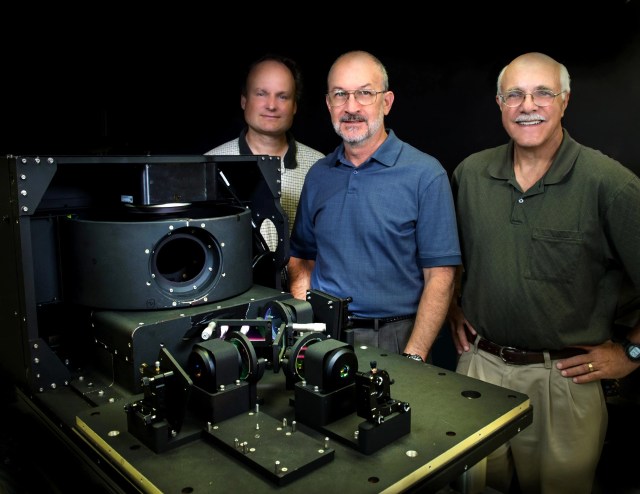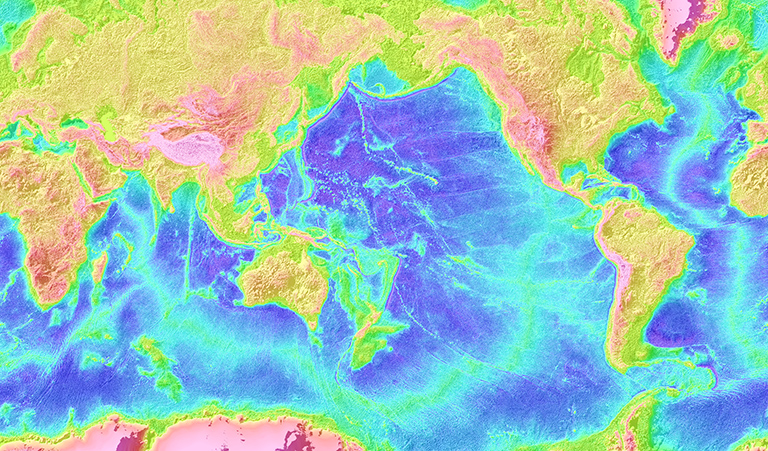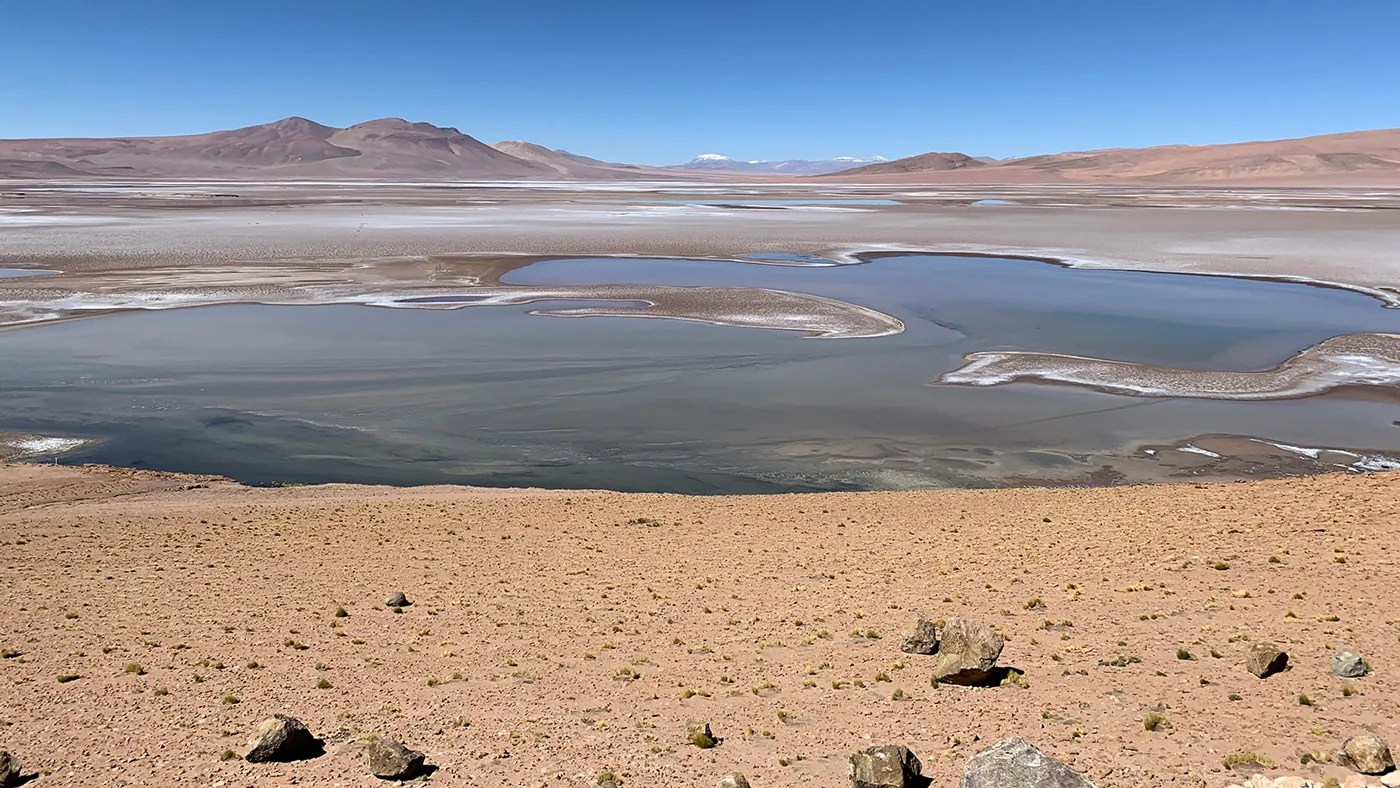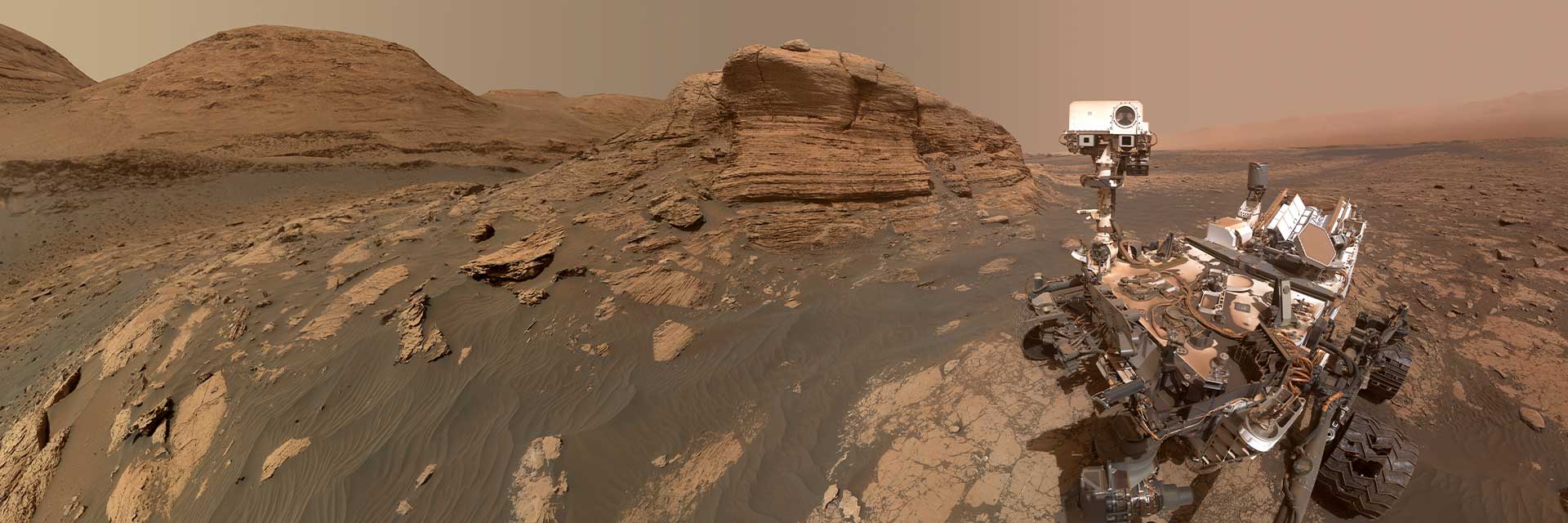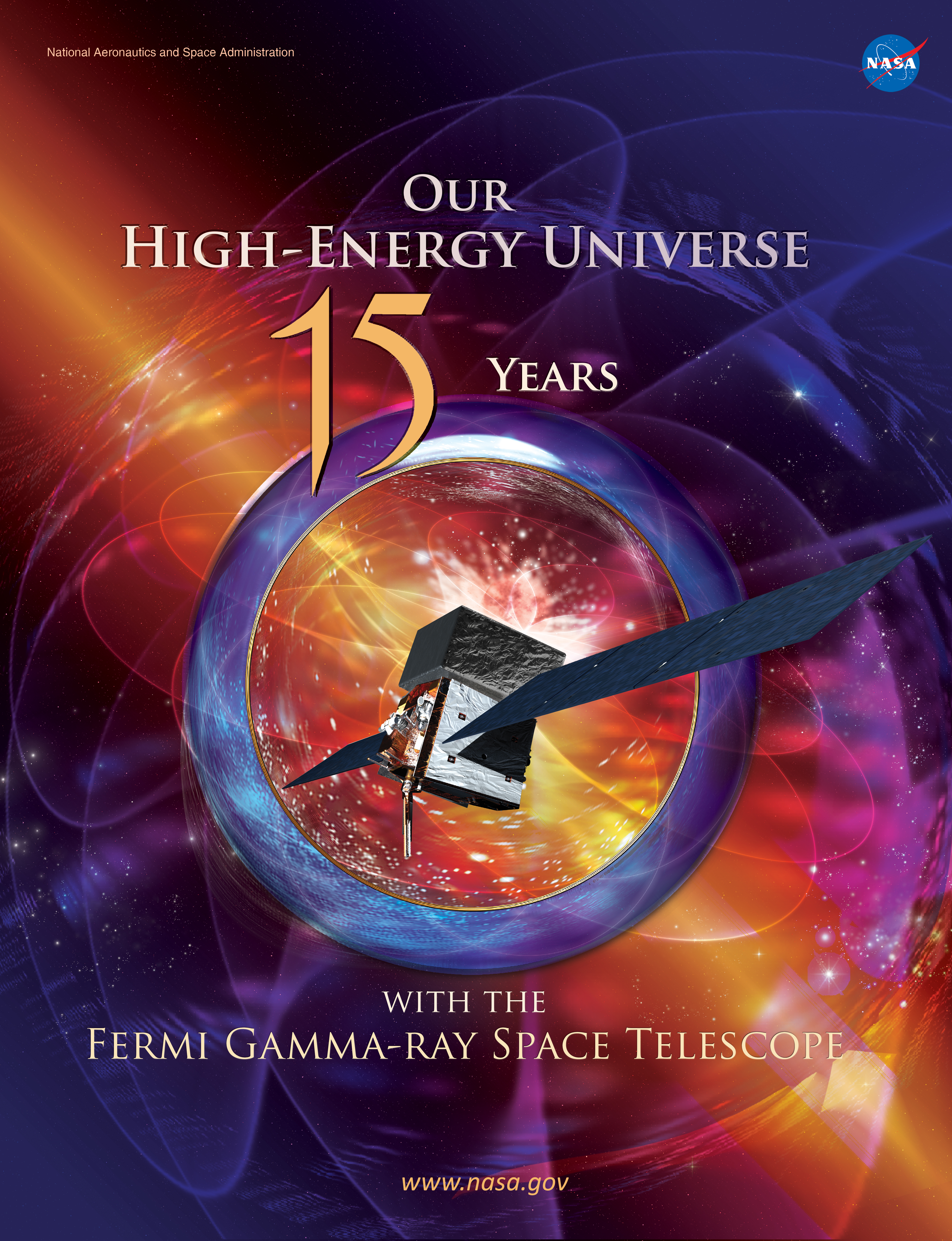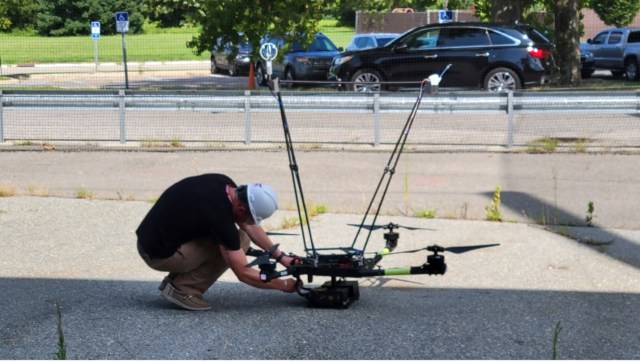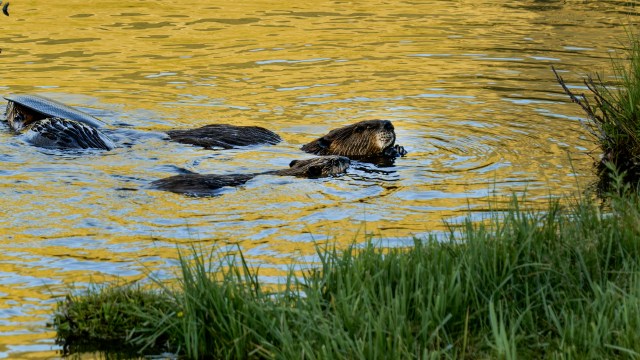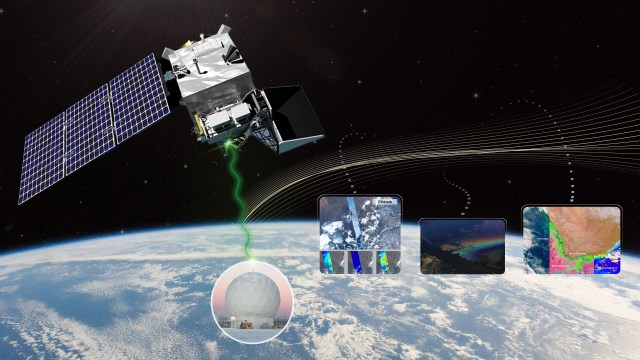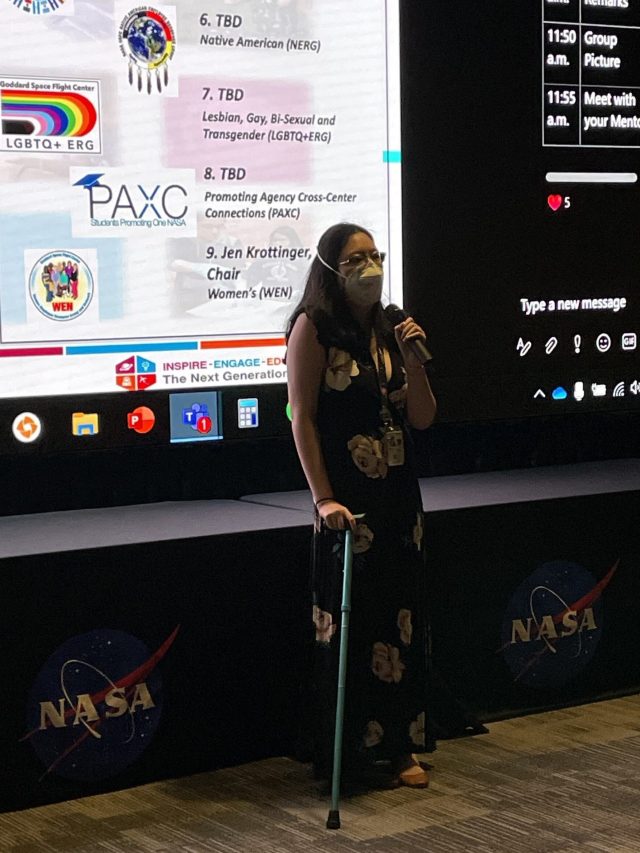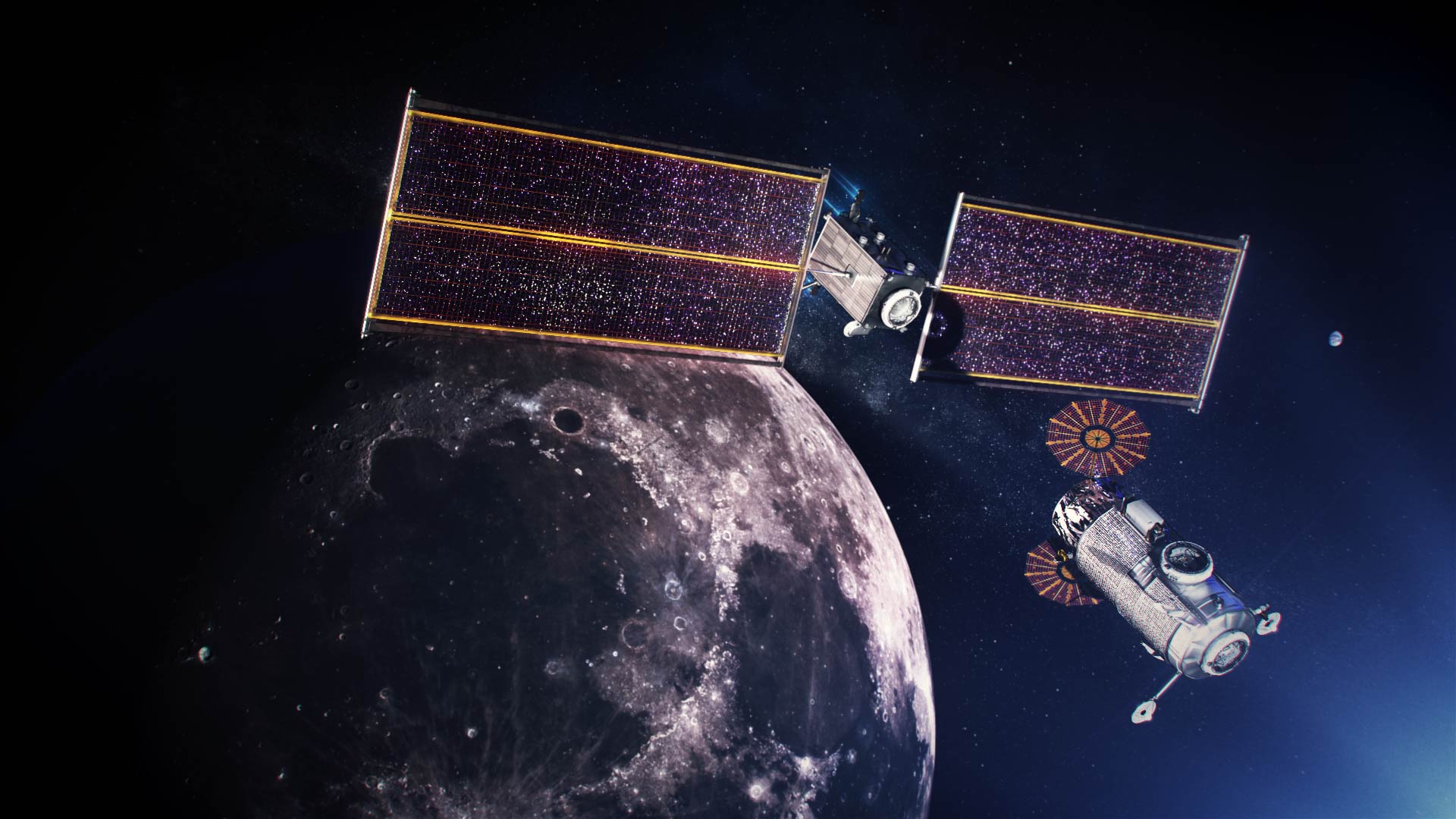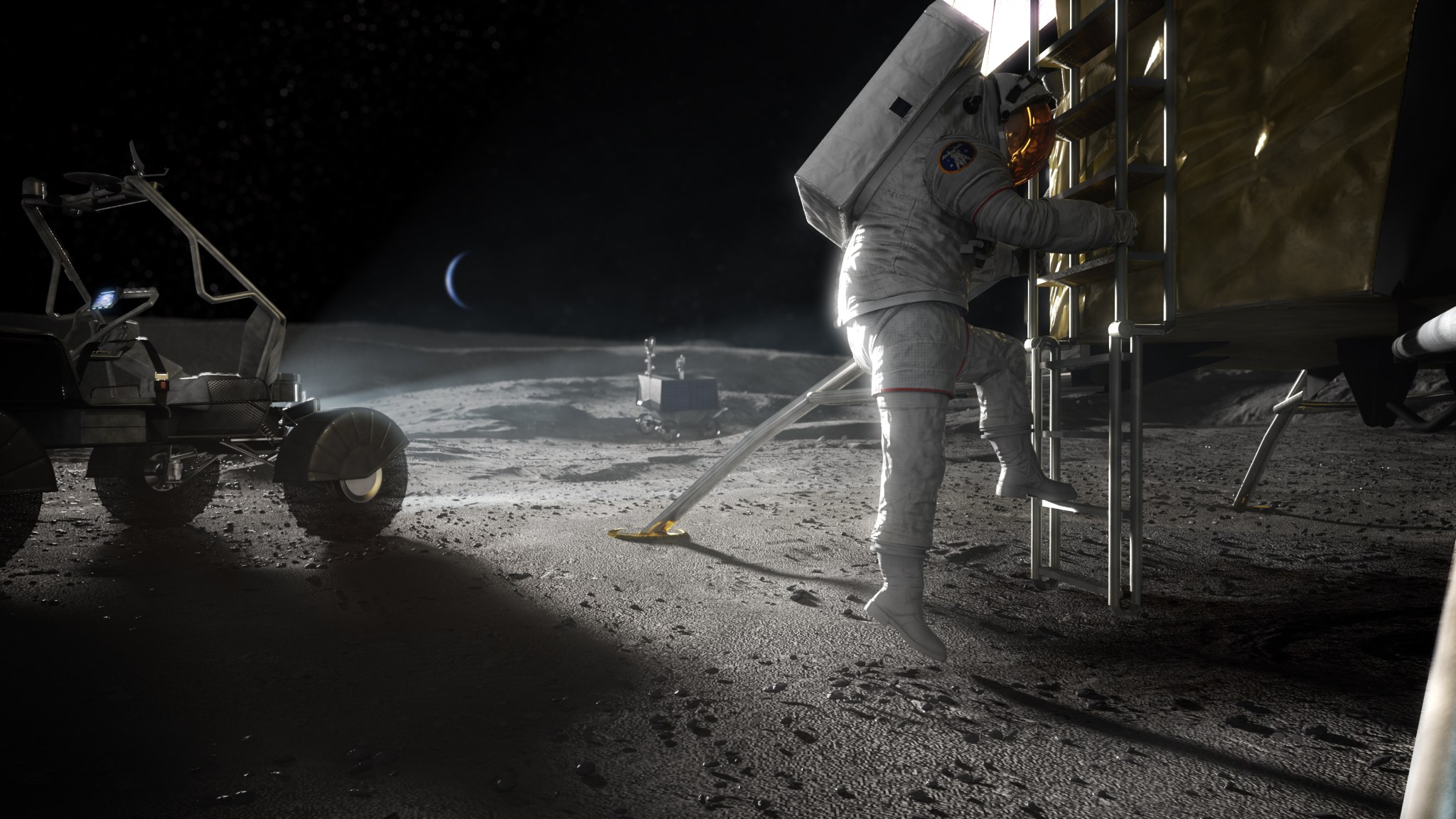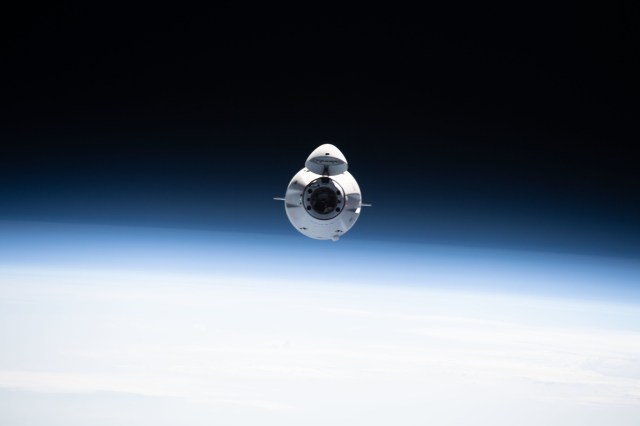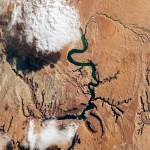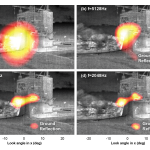Advanced Exploration Systems (AES) is charged with planning and conducting Artemis missions beginning with Artemis III. This will include landing the first woman and first person of color on the Moon, as well as future long-duration missions building up to a sustainable presence on the lunar surface and in orbit. Through these missions, AES is paving the way for sustained exploration of the Moon and human mission to Mars.
AES uses a unique blend of strategies to meet mission objectives. By working with international and commercial partners, NASA teams are able to leverage the agency’s expertise while integrating the best innovations the world has to offer. AES teams aim to reduce risk and improve sustainability of programs and projects, to return the best possible value to the American taxpayer. Exploration missions are driven by scientific objectives and AES is responsible for remaining agile and prepared for changes to future mission plans as we gain knowledge about our solar system. From ground work to platforms in low-Earth orbit, systems and capabilities are tested close to home to maximize safety and efficiency. Using the same model, Artemis missions will serve as analogs and test opportunities for future missions to Mars and beyond.
In addition to creating job opportunities, AES programs and projects also return direct value to Earth and benefit humanity through Spinoffs.
AES Programs and Projects
Gateway: an orbiting outpost that will provide vital support for Artemis missions, as well as a staging point for deep space exploration
Exploration spacesuits: advanced suits for a wide range of destinations that provide increased mobility and fit a wider range of crew members
Human Landing System (HLS): the vehicle that will take humans from lunar orbit to the lunar surface and back again for the first time since Apollo
Surface mobility systems: rovers that will expand exploration range on the lunar surface
Exploration capabilities: the systems required to keep astronauts safe, healthy, and productive including:
- Habitation systems: air and water systems, environmental monitoring, radiation protection, fire safety, and systems to reduce the need for resupply from Earth
- Crew health and performance systems: exercise equipment, food systems, exploration medical systems, and physiological effects of extravehicular activities (spacewalks)
- AES core technologies: robotic precursor missions (low-cost CubeSats that acquire data on the space environment and to characterize lunar and Mars resources), and autonomous systems (reduce the crew’s dependence on ground-based mission control and support)
- Project Polaris: projects that give NASA personnel opportunities to gain hands-on experience in developing flight experiments, and performing risk reduction activities to fill high-priority technology gaps
As a part of the Human Exploration and Operations Mission Directorate, AES works closely with the Systems Engineering and Integration team to support NASA’s human exploration goals.
AES work infuses new technologies developed by the Space Technology Mission Directorate and partners with the Science Mission Directorate to address strategic knowledge gaps for multiple destinations.


